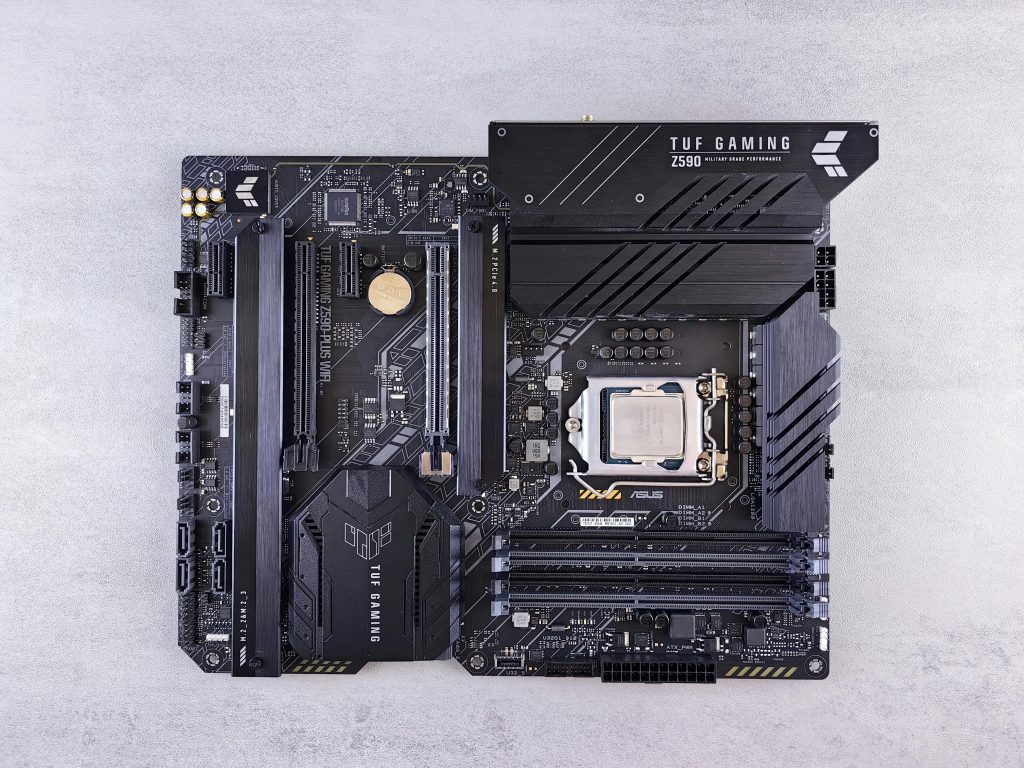Exploring the Validity of a Budget SSD Purchase: A Cautionary Tale
In an era where storage devices can be found at astonishingly low prices, it’s essential to approach such deals with a critical eye. A recent experience with a nephew’s acquisition of a 4TB SSD from a lesser-known Chinese reseller, priced at just $14, highlights the importance of verifying the reliability of storage products.
Upon learning about this budget find, I decided to test the SSD myself. My initial suspicion was that this device would likely be low-quality flash storage plagued by bad sectors or misrepresented storage capacity. To evaluate its authenticity, I utilized a tool known as H2testw, which is designed to verify the real capacity of storage media.
As I began the verification process, about 10% of the total capacity had been checked, and the results were surprising. The program reported that a significant portion—over 471,000 MB—had been confirmed as valid. This initially seemed promising, but given the low price and dubious sourcing, I remained skeptical about the accuracy of these results.
To further assess the SSD’s true storage capacity and condition, I’m on the lookout for additional verification methods. If you’ve ever faced a similar scenario or have expert recommendations for software or techniques that can help confirm the actual size and reliability of a storage device, I’d love to hear your insights.
The journey of verifying this SSD underscores a crucial lesson for tech enthusiasts and consumers alike: when it comes to deals that seem too good to be true, a thorough check is always worth the effort. Stay cautious, and let’s ensure our digital storage devices are up to the task!
Share this content:




Response:
It’s great that you’re taking the initiative to verify the SSD that your nephew purchased. Given the circumstances, here are a few additional methods you can use to check the true storage capacity and reliability of that 4TB SSD:
While H2testw is an excellent start, these additional tools will provide a more comprehensive understanding of the SSD’s capabilities. It’s also prudent to run a longevity test after validating its capacity to see how it performs under regular workload conditions
Verifying the Actual Capacity of an SSD
It’s great that you’ve already started testing the SSD with H2testw, which is effective for detecting fake or incomplete drives. Since you’ve observed 10% completion with confirmed data, you might consider the following additional methods to further verify the true capacity and health of the device:
diskpartto see how the drive reports its size. Sometimes, counterfeit drives report a smaller capacity, which can be revealed here.ddcan help verify the total size. Be cautious, as incorrect usage can cause data loss; ensure the drive is empty or used solely for testing.